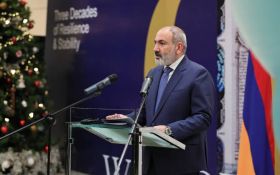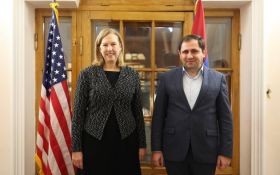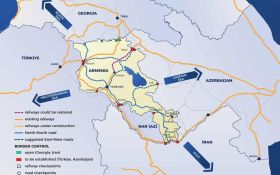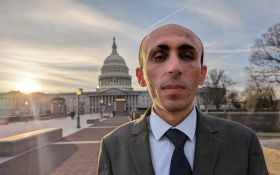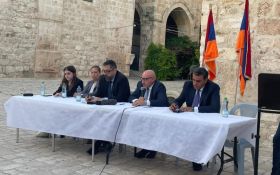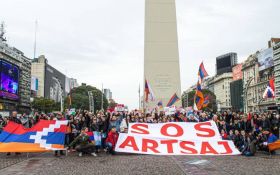Azerbaijan continues its territorial claims to Armenia at the state level, deepening its invasive policy day by day. After Tatev Monastery Complex, Echmiadzin Cathedral and Arichavank, Haghartsin Monastery became the target of Azerbaijani falsification, Ombudsman of Culture of Hayk Hovik Avanesov reported.
Armenia's Haghartsin Monastery becomes target of Azerbaijani falsification
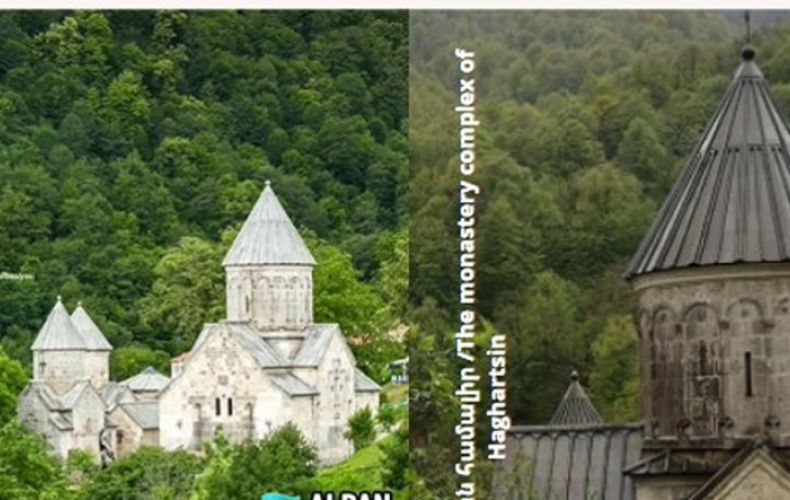
STEPANAKERT, JANUARY 29, ARTSAKHPRESS: The Haghartsin Monastery Complex is located in the village of Haghartsin, 18 km north of the city of Dilijan, Tavush Province.
The educational center of Haghartsin has been mentioned in the bibliography since the XIII century and in a short time it turned into a famous cultural center. The flourishing of the center is mainly connected with the fruitful activity of Khachatur Taronatsi.
The originality of the monastery complex is ensured by three churches built in different historical periods, two narthexes (one destroyed) and a refectory. The oldest of them is the church of St. Gregory (about X century), which is a cross-shaped-dome construction. A large vestibule with 4 columns adjoins to the west, which was built by Ivane Zakaryan at the end of the XIII century. The bas-reliefs on the angular single-pitched ceilings of the vestibule (images of people, rosettes, a bird, an angel, etc., as well as small inscriptions) are characteristic of the Armenian sculpture of the XIII century. The remains of tombstones are preserved near the southern wall of the vestibule. The vaulted chapel adjoins the church from the north, and the domed church of St. Stephen, built of bluish basalt with exquisite details, rises in the eastern part of the church (1244).
"The Azerbaijani state propaganda machine not only distorts the history of this famous monastery complex, but also presents the town of Dilijan and the village of Haghartsin as "historical Azerbaijani settlements". All this once again proves that Azerbaijan has neither history nor culture, but appropriates the history and culture of the indigenous peoples of the region, which were created over thousands of years. The fact that everything in Azerbaijan is fake and artificial is aptly noted in the work of Lieutenant General Denikin. "Everything in the Republic of Azerbaijan was artificial, "fake", starting with the name taken from one of the provinces of Persia. An artificial territory including the Lezghin Zakatala, the Armenian-Tatar provinces of Baku and Elizavetpol, and the Russian Mugan, united by Turkish policy as a stronghold of pan-Turkism in the Caucasus. Artificial statehood, since these lands, which lay on the path of the great migration of peoples and were influenced by the different cultures of successive conquerors, were always inhabited by scattered small tribes that feuded with each other while retaining features of nomadic life. In the end, the Azerbaijani government was artificially supported. first at the will of Nuri Pasha, then General Thomson, and later simply by inertia" (source: General A. I. Denikin, "Sketches of the Russian Rebellion", Volume 4, Armed Forces of Southern Russia, Slovo Publishing House, Berlin, 1925, p. 164)"
"Recently, Azerbaijani TikTok channels published videos in which the Haghartsin Monastery Complex is presented as Albanian. These and many other facts clearly demonstrate the features of Azerbaijan's anti-Armenian policy conducted at the state level," Avanesov said.




